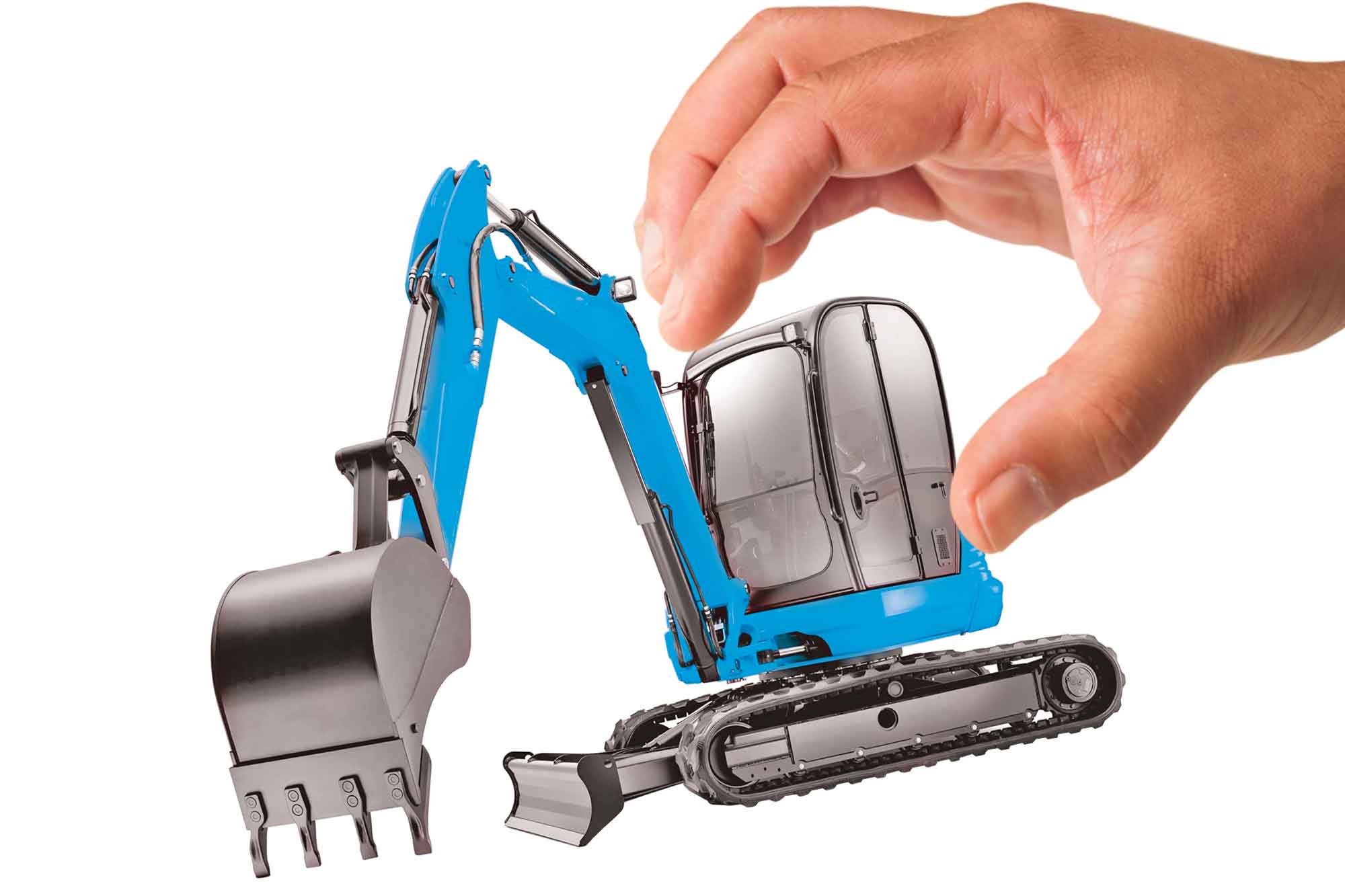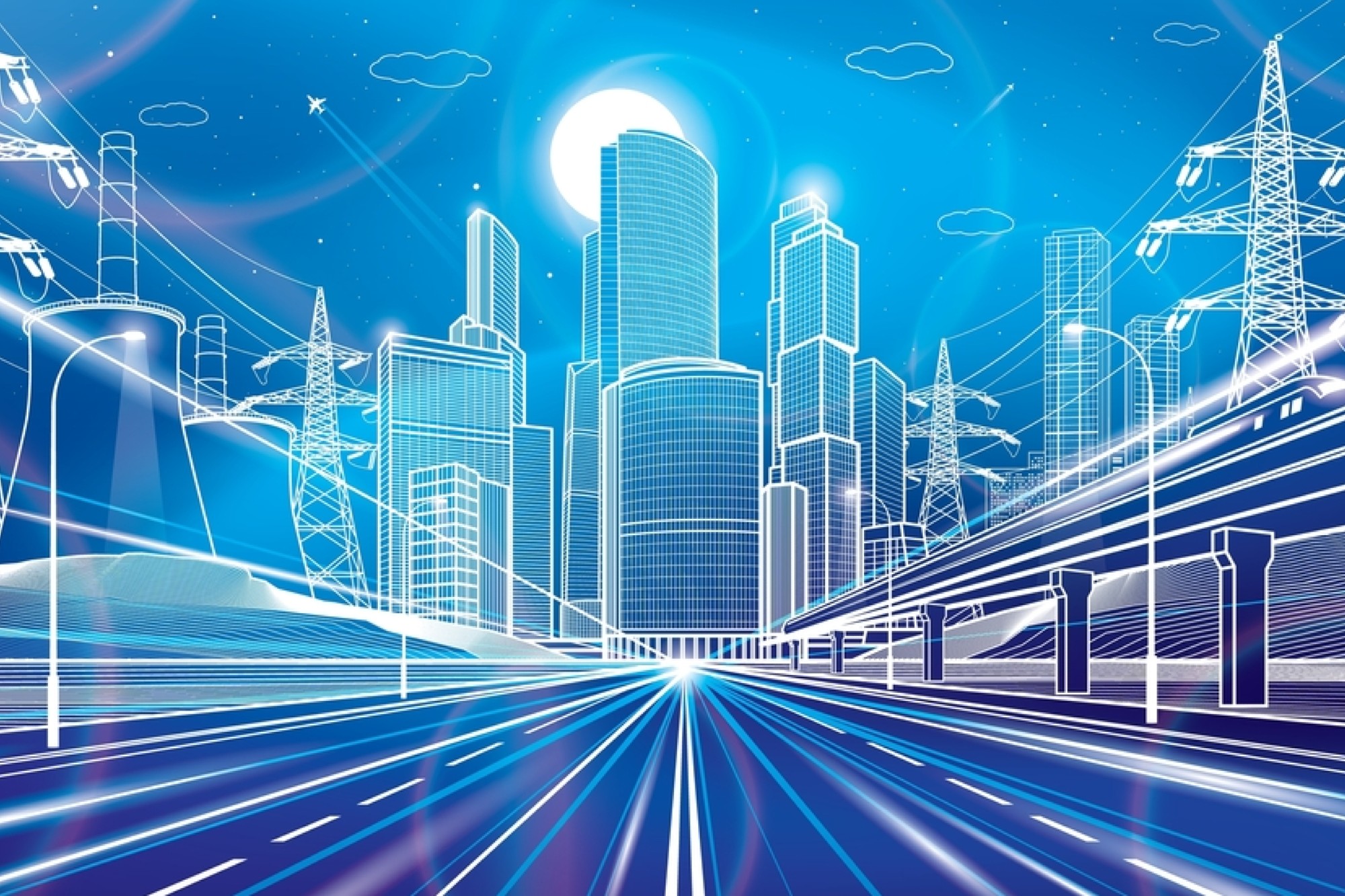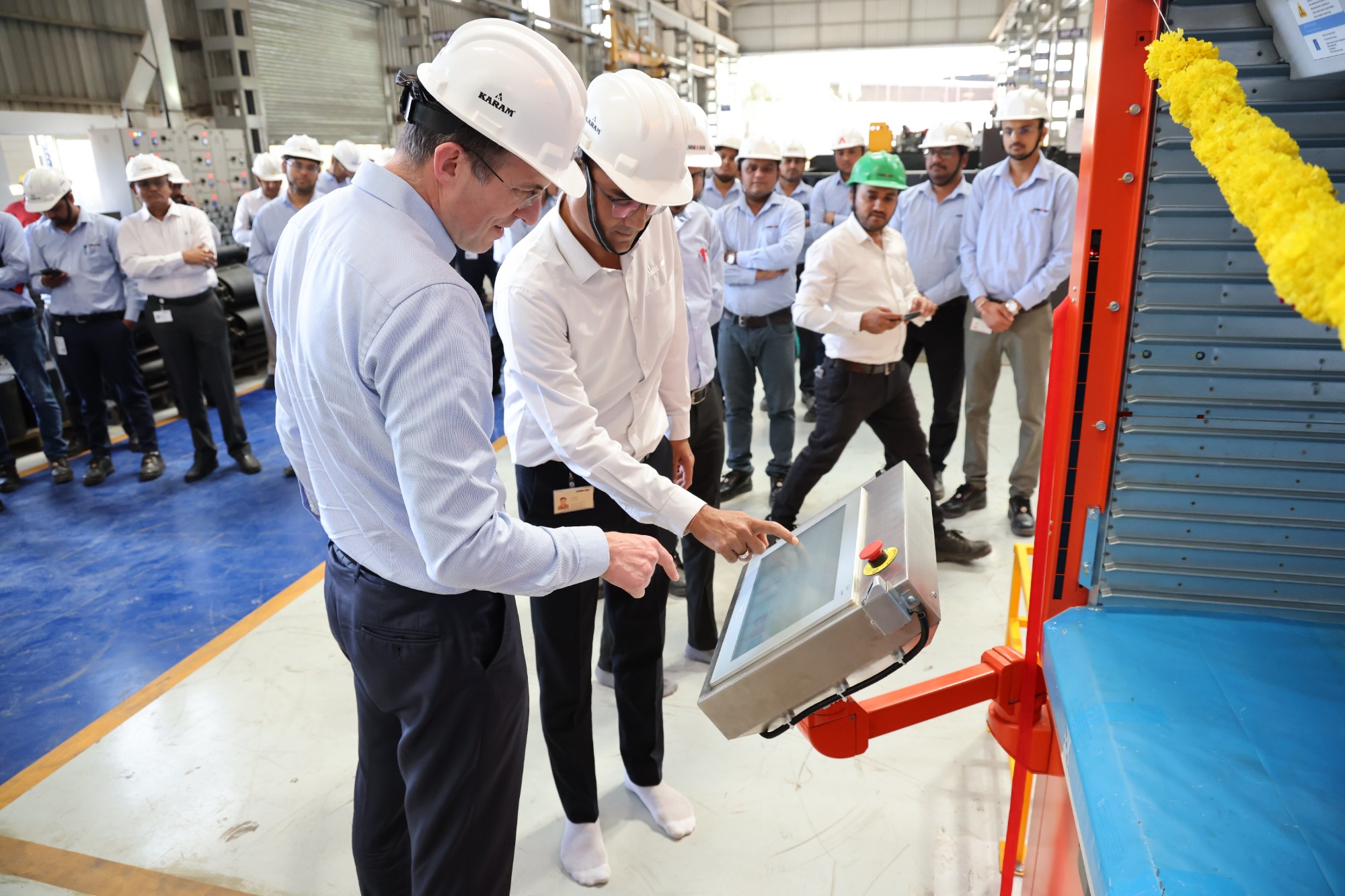Top criteria in selecting construction equipment
By Edit Team | December 23, 2014 8:53 am SHARE

Good construction equipment leads to reliable operation and in turn offers productive and long lasting results. Hence, it becomes essential to choose such equipment wisely after considering some important factors
Construction industry has got into mechanisation mode since 1990’s in India. Till this period it was very rare to find tower cranes and batching plants even in a city like Mumbai. After recessions in mid 80’s experienced Technocrats started joining construction sector in India.
Current scenario
As time progressed, some of the companies even started importing/manufacturing construction equipment. Lot of European equipment manufacturers started supplying and/or manufacturing construction equipments in India. Schwing Stator, Putzmitzer, Dynapac, ACE, JCB, Hitachi, L&T Poclain, Bharat Heavy Machinery Ltd. have stepped in such operations.
The range of plant to be found in the industry is wide and varied, as can be seen from the following list of items:
Pile-driving plant, demolition plant, tower cranes, concrete mixer, excavators, pumps, scaffold, hoist, dumper, bulldozers, compressors, power hand tools.
Actually, these are just a few a construction company/ contractor or builder would use in the course of normal construction work. Any constructor or company can never afford to own all types or sizes of equipment that might be used for the kind of work the company does. Contractors are frequently confronted with the problem of selection/ acquisition of the most suitable equipment and for this reason they have to cultivate the habit of ensuring that, the money invested on plant as an investment must be recoverable with a profit during the useful life of the equipment.
“A contractor does not pay for construction equipment: the equipment must pay for itself by earning for the contractor more money than it consumers,” says K Rami Reddy, General Manager – Purchase, Ramky Group. “Unless it can be established in advance that a unit of equipment will earn more than the cost, it should not be purchased.”
Purchase criteria for construction equipment
“Equipment sellers’ claims notwithstanding, buyers need to select equipment appropriate to their application/requirement,” says Rajinder Raina, General Manager – Marketing, Escorts Construction Equipment. “There is no equipment that is a perfect fit for all. In the list of top criteria, the pecking order will depend upon the job application.”
According to Mr Raina, following factors must be taken into account while choosing construction equipment:
• Performance: There is a premium on time in all major projects these days with incentive on timely completion and penalty on delay in project completion. Machines with higher productivity/output should be evaluated on deliverables that are tangible. Invoice value is not the ultimate cost to the buyer. Premium can be paid on the price based upon the cost of ownership for 3yrs/5,000hrs working of the equipment.
• Fuel efficiency: Fuel constitutes 60 per cent of the cost of operation. Fuel consumption needs to be measured/evaluated on the basis of consumption per unit of output instead of per hour cost.
• Technology: Latest may not always be the best technology for a developing country like India. Contemporary/appropriate technology is what a buyer should look for. The quality/make of major aggregates like engine, hydraulics, transmission etc define the service life of the premium items and thereby the long term cost of maintenance. The resale value of the equipment also gets defined by this.
• Reliability: Timely completion asks for highly reliable equipment. Uptime of more than 95 per cent is not asking for too much these days. The cost of breakdown also means direct cost and many a time collateral loss. An excavator under breakdown renders some dumpers useless and an asphalt compactor breakdown leads to trucks with hot bitumen stranded. Therefore the cost of reliability needs proper evaluation.
• After sales Support: Construction equipment being high production machines need preventive maintenance at right intervals and quick response at the time of breakdown. Proximity, capability and parts availability near the site of application is one of the major criteria for selection of the equipment. High weightage should be given to the quality of after sales support.
The factors affecting the selection of construction equipment, according to Mr Reddy, are: specification requirement, specific job or operation to be done, mobility required of the equipment, weather’s influence on equipment performance, time scheduled for doing the job, balancing of interdependent equipment.
More consideration
Let us now understand what more consideration is important for the contractors/developers before they purchase equipment. Pradip D Bangaali, CEO – Construction, HBS Realtors Pvt. Ltd. explains the same as follows:
• Life of equipment: Any typical Indian buyer is concerned about the life of the equipment and also tries to buy cheaper equipment. However, it is imperative that the equipment should perform for at least 2 to 4 project cycles.
As standard depreciation of 10 per cent per annum is there, equipment must last at least 10 years. It has been observed that European makes last 5-10 years, whereas Italian/Chinese makes last 1-5 years.
• Ruggedness: It is an ability to survive and keep performing in Indian environment. India has extreme climatic conditions North zone is cold while South zone is hot. Hence construction equipment like batching plants/tower cranes show their operating efficiency anything between 70 -85 per cent.
Near costal area danger of corrosion is also observed. The European manufacturers have done R&D in manufacturing of such equipment from the Indian conditions and made some suitable changes like adjusting their plate thickness etc.
• Price/Economy: This covers landed cost at site after imports /excise duties. Indian importers have to cater for lead time of at least 6 months, customs and excise duty factor, transportation and clearance from ports to arrive at site landed cost.
In case of imports, suitable period of RBI clearance for FOREX also needs to be added. LC needs to be with at least one year validity.
• Cost of ownership and operating: Normal working of 10 hours/day is considered. Cost of ownership and operating depends on landed costs, fuel costs, maintenance costs, spare parts costs, operators’ salary, local transportation/octroi etc.
In fact, there is formula or financial analysis available internally with Finance Dept. who needs to charge sites for equipment’s use.
• After sales service: This includes availability of spare parts and maintenance of the equipment. Normally one year warrantee is given by the manufacturers/importers.
However, main problems start after one year when it comes to get spares from the local market. For heavy equipment, sometimes manufacturer suggests stocking of some spares for 2 years. But after 2 years
get over, buyer has to depend on spares mostly from importers at much higher costs.
Additional factors and probable opportunity
Also some other factors need to be considered which include versatility and adaptability of the equipment, maintainability of the equipment, the efficiency of the operation with the equipment, how often parts are replaced, cost of the equipment.
“The very fact is that high-rise buildings or vertical expansion in metro cities is the present trend. This provides an exciting opportunity to upgrade construction technology by using modern construction machines,” senses Mr Bangaali.
Acquiring construction equipment
Selecting the correct plan for the job ideally forms part of the construction planning process and should be chosen for a particular task only after analysis of many interrelated factors, which are: the function to be carried out, the capacity of the machine, the method of operation, the limitation of the method.
Once plant has been selected, the next is method of acquisition. Contractors and other users of construction equipment are concerned with a decision as whether to purchase, hire or leases (rent) equipment.
“Under certain conditions, it is financially advantageous to purchase, whereas under other conditions, it is more economical and satisfactory to rent, hire or use other method of plant acquisition,” suggests Mr Reddy.
Construction equipment can be acquired in one of the following ways:
• Hire
• Purchase
• Leasing through third party
• Rent with an option to purchase it at a later date.
Conclusion
From the above discussions, it can be concluded that the construction equipment procurement is very much depending on the reputation of manufacturers, life, performance and suitability in the Indian environment, after sales service, and economy.
Cookie Consent
We use cookies to personalize your experience. By continuing to visit this website you agree to our Terms & Conditions, Privacy Policy and Cookie Policy.




















































